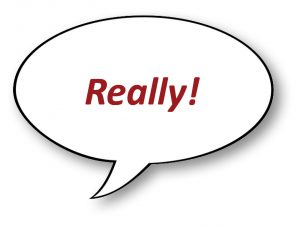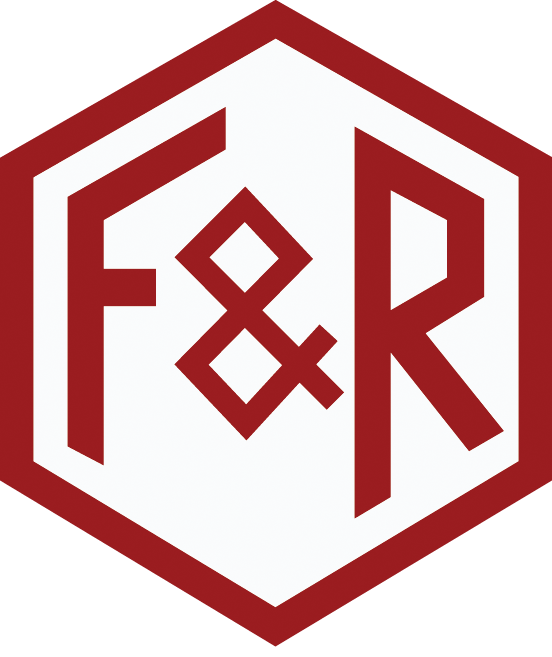
Masonry code and masonry special inspections
A Very Non-COVID-19 Related Topic (You’re welcome.)
While the world is crazy right now, it also keeps turning relentlessly and so many of the things we used to worry about first and foremost are STILL things we need to think about. Here is a brief respite from the barrage of coronavirus news in the form of giving you something else to worry about – are your projects being constructed to CODE? You’re welcome! We are kidding, of course. There is no need to burden yourself with figuring this out on your own – F&R is here to give you the facts you need to know and this article will focus squarely on the masonry CODE and masonry special inspections.
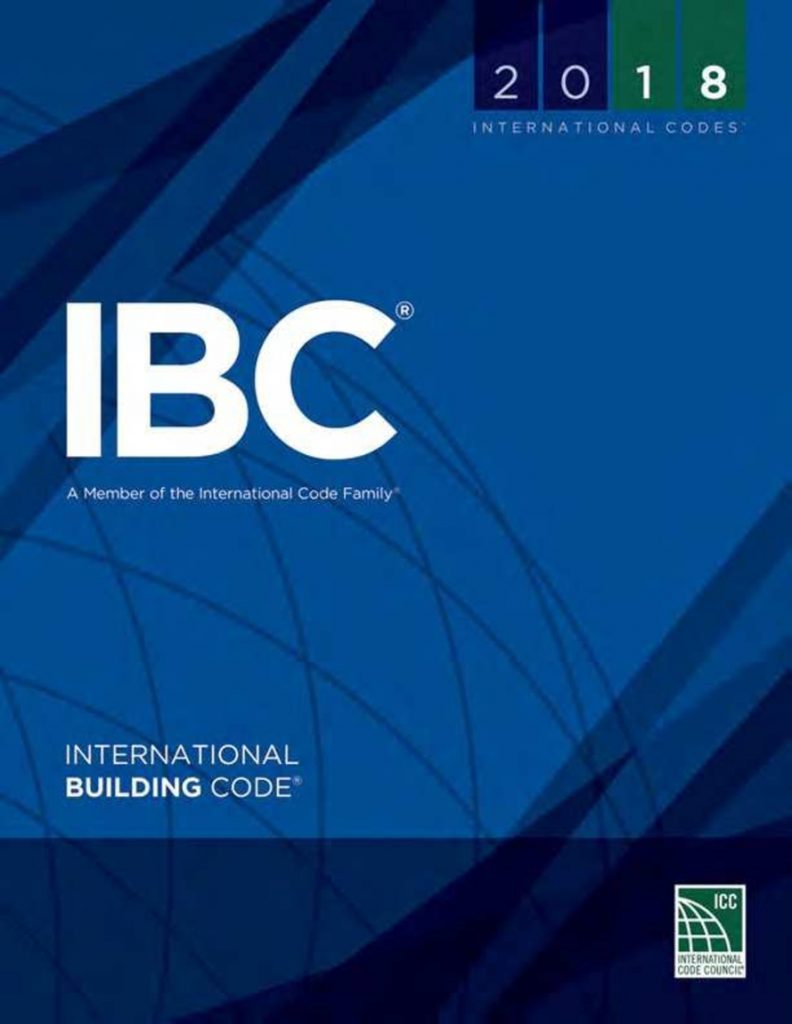
Many states within the United States are in the process of adopting the 2018 International Building Code (IBC) and IBC 2018 adopts the new 2016 edition of the Masonry Code. Regarding the Mid-Atlantic region of the United States specifically, Maryland and South Carolina have already adopted IBC 2018 and thus the 2016 edition of the Masonry Code. The states of Virginia, West Virginia, North Carolina, Pennsylvania, District of Columbia, etc. will certainly do the same at a later date. Everybody should be reminded of the various statewide code adoption procedures which usually are quite exacting, diligent and time consuming that often result in the fact that states adopt a particular building code 3 to 5 years after the building code is formally published.
The formal (short) title of the new masonry code is TMS 402/602-16 and is 344 pages in length; the number 402 denotes the “Building Code Requirement for Masonry Structures” portion of the masonry code (pages C-1 through C-254) and the number 602 denotes the “Specification for Masonry Structures” portion of the masonry code (pages S-1 through S-90). Attention should be called to the fact that the masonry code does not include any mention of ACI or ASCE anymore and that is because ACI and ASCE are no longer co-sponsors of the masonry code. Most people, currently, refer to the new masonry code as TMS 402/602-16 with no connotations to ACI or ASCE and if you (the reader) did not know, the acronym TMS stands for “The Masonry Society.”
The bottom line regarding the PROPER name of the masonry code is that all of us who, for many years, has referred to the masonry code as ACI 530 (properly) must now refrain from doing so. The new name of the masonry code is TMS 402/602-16. One of the first things to learn about the new masonry code is that the number 402 is synonymous with the word code and the number 602 is synonymous with the word specifications. The Masonry Society has approved a six year code cycle; therefore, the next edition of TMS 402/602 will be in 2022. The process of expanding the masonry code cycle from three years to six years will be a very good news to almost everybody.
Since this article is about masonry special inspections, most of our conversation is going to reside in the 602 section of the masonry code which is the “specifications portion” of the code. The 402 section of the masonry code provides minimum requirements for the structural design and construction of masonry consisting of masonry units bedded in mortar. The 602 section of the masonry code addresses requirements for materials and construction of masonry structures. The minimum special inspections required for masonry construction is also addressed in the 602 section of the masonry code, especially in Table 4.
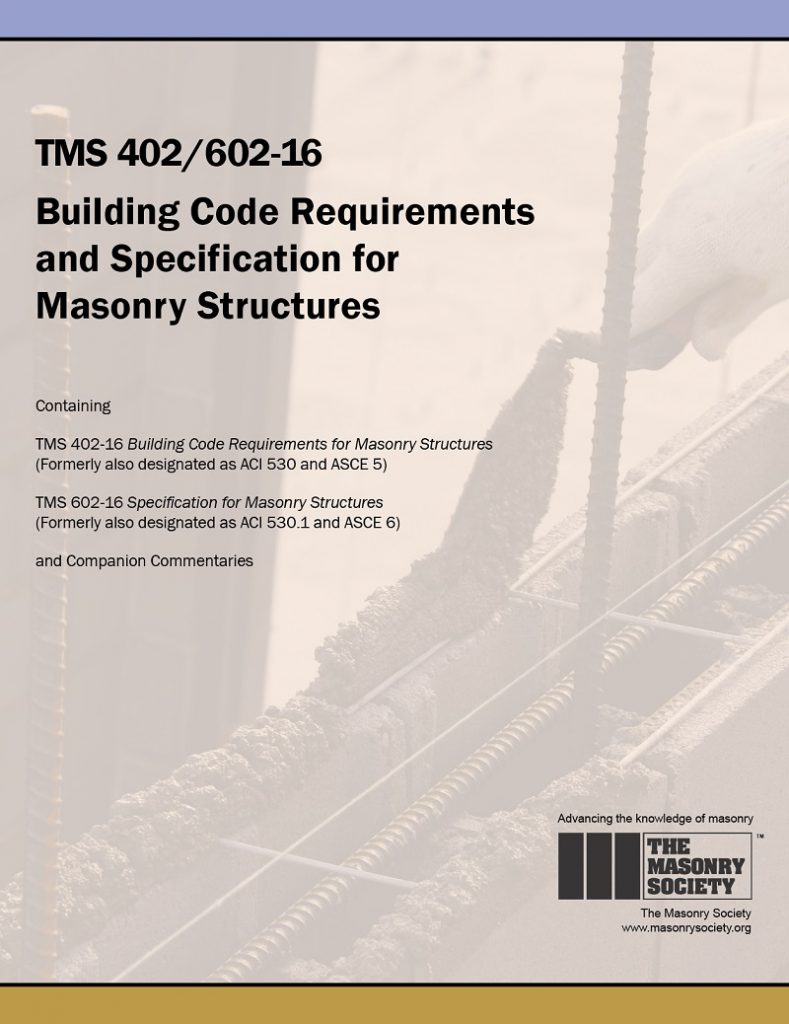
One of the most significant changes in the TMS 402/602-16 masonry code is the brand new TMS 602, Table 4 entitled “Minimum Special Inspection Requirements.” Table 4 COMBINES previous Tables 3, 4 and 5 of the previous masonry code(s) which also listed special inspection requirements for all types of construction project work. The previous three (old code) tables that addressed special inspections and tests, listed about 40 different line items of inspections and tests and the new Table 4 condenses the previous 40 line items to about 22 different line items of special inspections and tests required by the new Table 4. All of the inspections and tests set forth in the old masonry code tables 3, 4 and 5 represents data and information that has pretty much been with us for more than 25 years. The new TMS 602 table 4 compiles practically all of that data, reduces it down and presents most of that same data in one new table (table 4). This refined collection of data and criteria in the new table 4 includes most of the meaningful data and criteria that existed in the old masonry tables for years and is the result of an AWESOME job by TMS. A lot of the information that was removed by the deletion of the old masonry tables 3, 4 and 5 was indeed, often, redundant and individuals who refer to the new table 4 on a regular basis will NOT miss the redundancy!
While the new masonry code offers the new Table 4 that we just discussed, it also created a new Table 3, “Minimum Verification Requirements” which does (somewhat) segregate minimum testing requirements from the special inspection tables and this is a good thing. The “Minimum Special Inspection Requirements” (Table 4) and Table 3 have been DELETED from the 402 section of the code book and are now only presented in the 602 section of the code book (specifications). This is another example of “redundancy” that TMS removed from the masonry code book. For the most part, the same special inspections and tests required by the old tables 3, 4 and 5 of the previous masonry code are still required by the new table 4 (of TMS 402/602-16) but there are several important code and verbiage changes invoked as we transition from the old tables 3, 4 and 5 to the new table 4 of the new masonry code; they are as follows:
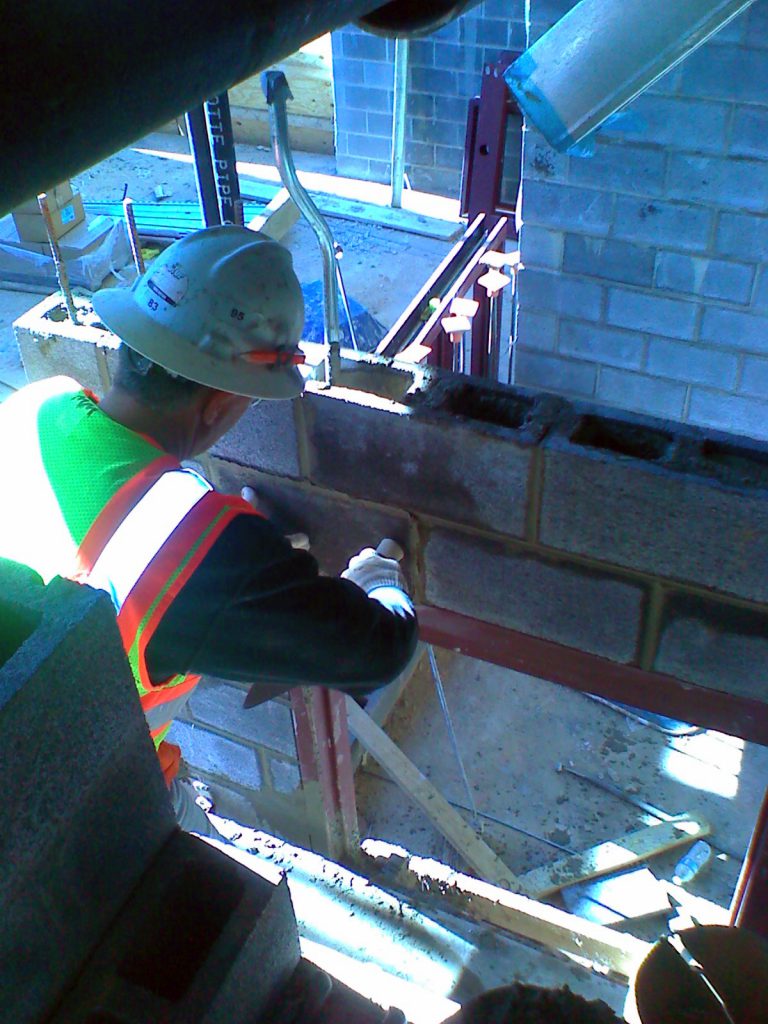
- The requirement that the special inspector “verify compliance with the approved submittals” that was stipulated in old tables 4 and 5 is MISSING from the new table 4. Almost the same language does exist in the new masonry code in the new table 3 of the new masonry code. Some of the key words in the original phrase have been changed and/or deleted in the new code verbiage in the new table 3 and while these word changes are confusing, the special inspector still must verify “compliance of submittals”. It should be emphasized that the special inspector does not approve the submittals but rather is verifying the “compliance of the submittals.
- The old tables 4 and 5 required the “verification of f’m in accordance with article 1.4B prior to construction” by the special inspector but this requirement is no longer listed in the new table 4 (which combined the old tables 4 and 5) of the new masonry code.
While the “verification of f’m prior to construction” has been deleted from the new table 4, it is still required by the new masonry code (TMS 402/602-16) in the new table 3, “Minimum Verification Requirements”. Now that we have established that the code still requires the “verification of f’m prior to construction” – what does it mean? Get ready, because this is HEAVY IMPORTANT STUFF! The term f’m means the design strength of the concrete masonry. The code, however, is (also) instructing the special inspector to verify f’m PRIOR to construction and to do it according to article 1.4B of TMS 602-16. When you check out article **1.4B, you are going to determine that article 1.4B directs you to utilize the “unit strength method” which means that the special inspector has to determine that every component in the “concrete masonry system” must be found to comply with the masonry code PRIOR to construction. This all means that this CONFLATION of code required inspections and tests mandates that quality assurance mock-up panels be constructed PRIOR to construction and that all components of the masonry system (concrete masonry units, mortar, grout, aggregates, etc.) must be inspected and/or tested to determine compliance with the code.
** NOTE: ARTICLE 1.4B OFFERS TWO OPTIONS TO MONITOR MASONRY COMPRESSIVE STRENGTH AND THEY INCLUDE THE “UNIT STRENGTH METHOD” OR “PRISM TEST METHOD” AND THE “PRISM TEST METHOD” IS RARELY USED BECAUSE OF COSTS, DIFFICULTY IN MAKING, TRANSPORTING, AND TESTING PRISM SPECIMENS AS WELL AS THE FACT THAT 90% OF THE UNIVERSAL TESTING MACHINES IN COMMERCIAL LABORATORIES DO NOT HAVE THE LOADING CAPACITY TO TEST THE FULLY GROUTED ASTM C1314 PRISMS TO FAILURE (WITHOUT DEVELOPING TEST COUPONS).
- The new Table 2 of TMS 402/602-16 reflects the compressive strength increase from the (old) f’m of 1,500 psi to the (new) f’m of 2,000 psi. While the f’m of 2,000 psi requires that the compressive strength of the concrete masonry units (CMU) be 2,000 for type M or type S mortar, please observe that the CMU compressive strength must be a minimum of 2,650 psi if type N mortar is used. This compressive strength requirement of 2,650 psi for the CMU is important because most standard plant production concrete masonry units (CMU) do not meet this minimum compressive strength requirement on a day-to-day basis.
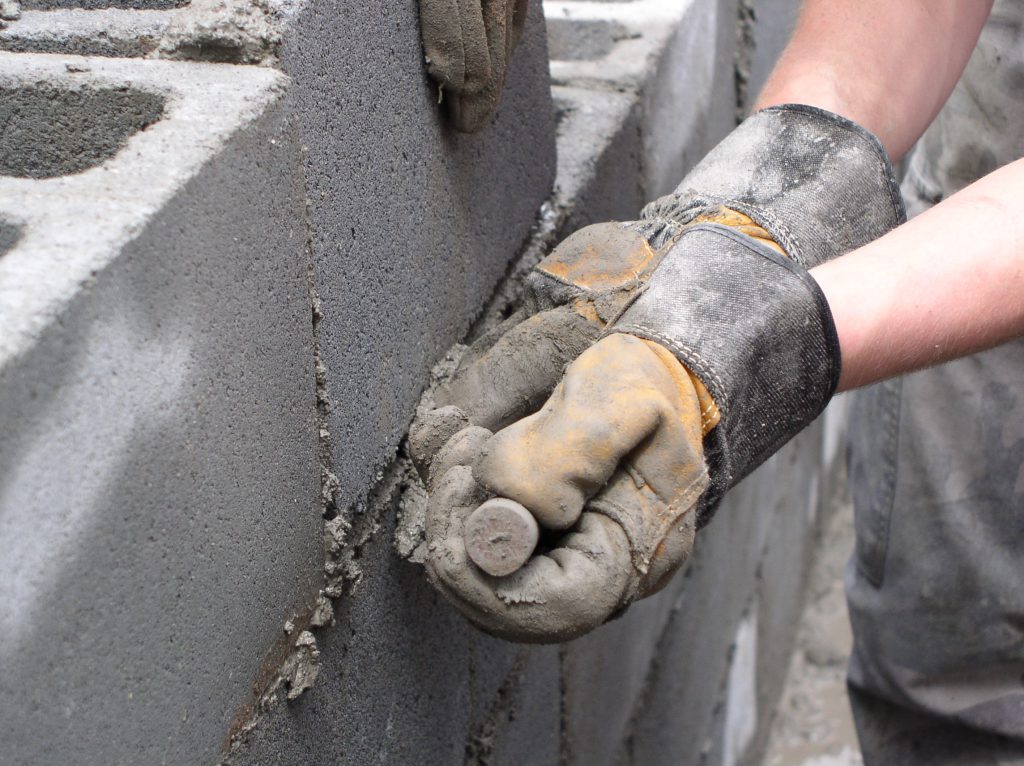
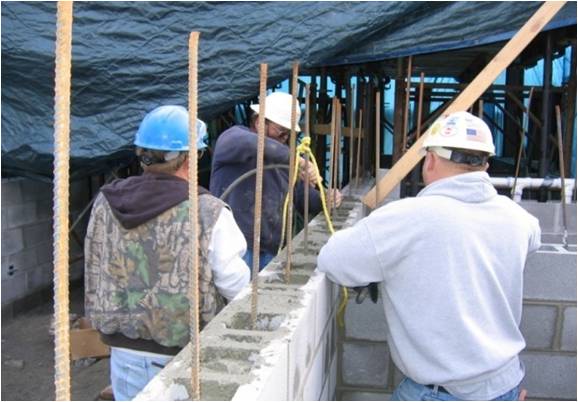
The most dramatic change in the TMS 402/602-16 masonry code is the creation of the new table 4 which incorporated the old masonry tables 3, 4 and 5 within the new table 4. Table 4 also COMBINED ALL levels of quality assurance (special inspections) from old masonry code tables 3, 4 and 5 which is quite an accomplishment. The new masonry code also changed the name of the levels of special inspection to Level 1, Level 2 and Level 3. In addition to this, TMS has approved a six year code cycle (replacing the existing 3 year code cycle); this means that the next TMS 402/602 masonry code that you will see will be in the year 2022. TMS 402/602-16 has 6 fewer pages than the previous masonry code edition which is very unusual. Most structural codes always have more pages than the previous edition of the code that they replace. The new masonry code introduces more “user friendly” tables rather than text throughout the document which usually means (to most people) that the information is easier to understand.
TMS 402/602-16 keeps, intact, most of the special inspection requirements that have been incorporated into the masonry code for decades. Some of them (but not all) are as follows:
- Proportions of site-prepared mortar
- Grade, type and size of reinforcement, connectors, anchor bolts, etc.
- Sample panel construction
- Grout space
- Placement of reinforcement, connectors and anchor bolts
- Proportions of site-prepared grout
- Verifying materials and procedures with approved submittals
- Placement of masonry units and mortar joint construction
- Size and location of structural members
- Type, size-location of anchors including anchorage of masonry to structural members
- Welding of reinforcement
- Preparation, construction and protection of masonry during hot/cold weather
- Placement of grout
- Observation and preparation of grout specimens, mortar specimens and/or prisms
- Verification of compliance of (approved) submittals
- During construction, verification of material proportions for mortar and grout
- All aggregates in mortar and grout comply with masonry code reference standards
- Concrete masonry units (CMU) comply with code referenced ASTM standards
- Clay masonry products comply with code referenced ASTM standards
- Construction materials and construction methods comply with masonry code, referenced codes and referenced standards as well as the contract documents
The new special inspections and tests discussed in this article and the twenty (20) special inspection items listed on this page (above) represent some of the more important masonry code related inspections and tests required by the code; however, it should be emphasized that there are many tests and inspections not mentioned in this article. It would be practically impossible to mention ALL of the inspections and tests required by the TMS 402/602-16 masonry code as well as the 100+ reference codes and standards of ACI, ANSI, ASCE and ASTM that are incorporated into the masonry code.
The new TMS 402/602-16 Table 4 is added (as an attachment) at the end of this article for your complete review and edification.
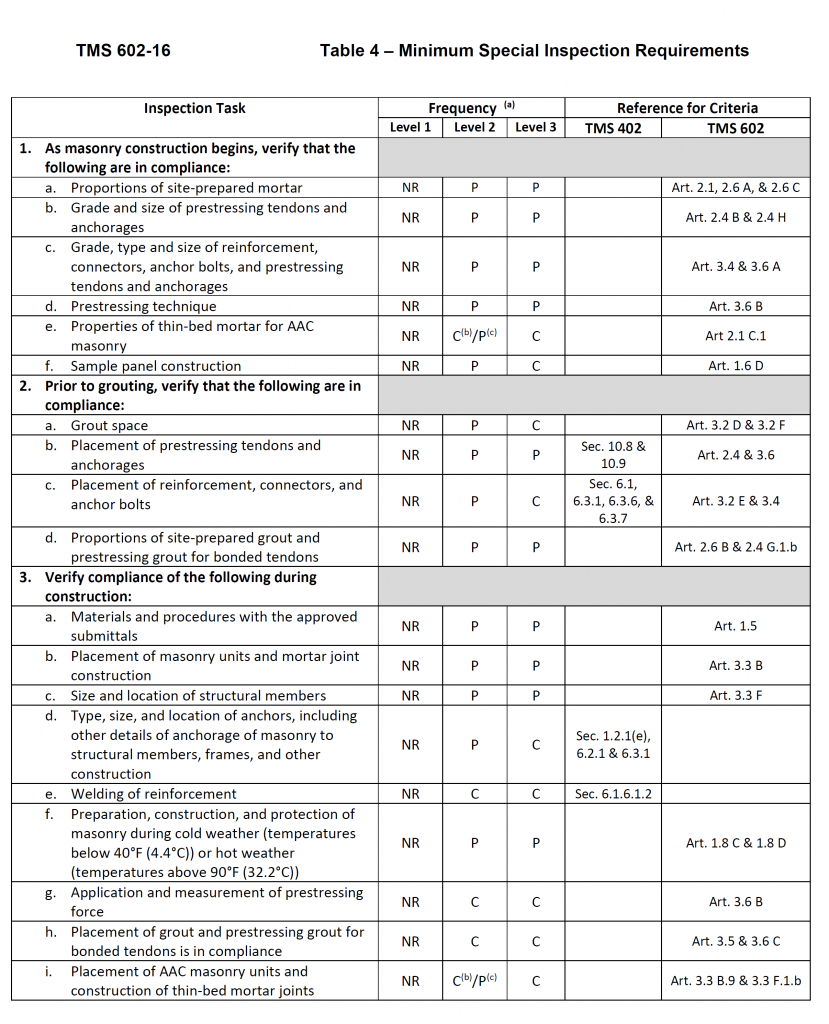
But Wait, We Have a Lot More to Say!
CODE issues got you cracking up? For a complete picture of the Code and how it relates to Special Inspections, F&R would love to provide a virtual (for the time being) AIA accredited Lunch & Learn presentation to the professionals at your firm. A catalog of available presentations can be downloaded here. Contact Alan Tuck for more details at: atuck@fandr.com
